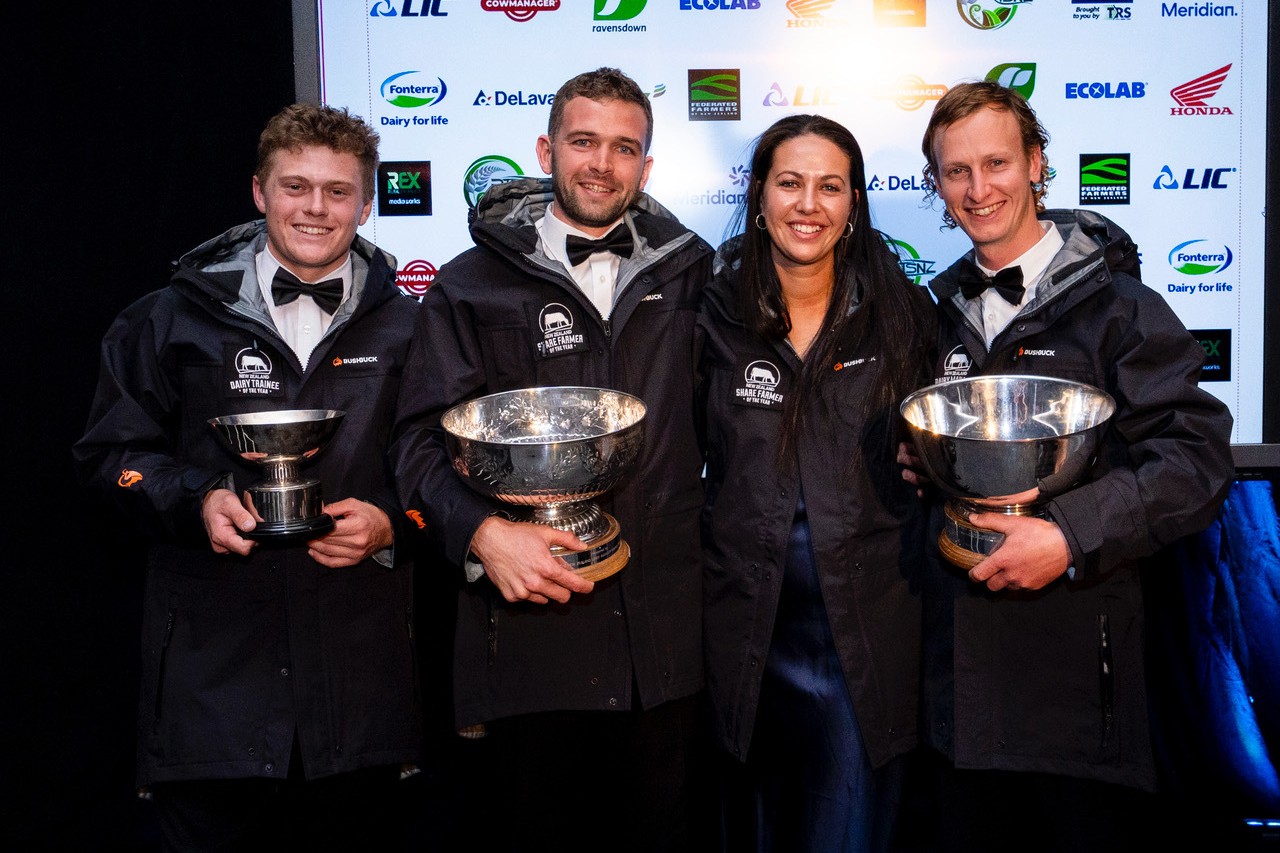 As NZ Dairy Exporter counts down to its centenary in 2025, we look back at the issues of earlier decades. 50 Years Ago – February 1971.
As NZ Dairy Exporter counts down to its centenary in 2025, we look back at the issues of earlier decades. 50 Years Ago – February 1971.
Scientists keep NZ AB costs down
At $2 a cow in calf, the New Zealand Dairy Board’s artificial breeding service is the cheapest in the world.
This has been achieved despite sizable handicaps. Nearly all overseas AB centres operate evenly throughout the year and few have to service more than 200,000 cows. The board’s centres at Newstead and Awahuri have a season of only three months and have to service 600,000 and 300,000 cows respectively.
The board also runs the world’s biggest sire proving scheme.
The Dairy Board’s bulls are averaging about 1700 inseminations a service and 45,000 to 50,000 inseminations over the three-month season, compared with the English Milk Marketing Board’s 15,000 inseminations a bull over 12 months.
Who buys our butter?
When the chairman of the New Zealand Dairy Board, Mr F.L. Onion, speaks of the dairy industry selling on world markets he means exactly that. Although the United Kingdom buys the bulk of our export butter, the 1969-70 annual report of the board shows that in the 1969-70 season, the board sold butter to the following countries: Kenya, Ghana, Saudi Arabia, Cyprus, Bahrain, Kuwait, Qatar, Muscat- Oman, Hong Kong, India, Japan, Malaysia, Singapore, New Guinea, the Philippines, Thailand, American Samoa, Fiji, French Polynesia, New Caledonia, Tonga, Western Samoa, Bahamas, Barbados, Bermuda, Guyana, Jamaica, Leeward Islands, Netherlands, Antilles, Trinidad and Tobago, Panama, Peru, the USA, Germany, and the Netherlands.
As well as butter, most of these countries, plus Mozambique, Ceylon, and Mexico, bought our milkfat in the form of anhydrous milkfat and ghee.
Herd averages 600lb of fat
When credited by the South Island Herd Improvement Association with an average for the 1969-70 season of 15,009lb milk, 4.02 per cent test and 603lb fat in 290 days, the 80 pedigree Friesian cows milked by N.J. Sherriff and his sons in their Deloraine stud at Milford, Temuka, brought to these well-known studmasters, the honour of having milked and tested the first dairy herd in New Zealand of more than 70 cows to average more than 600lb fat.
The Deloraine herd was the highest dairy unit comprising between 70 and 119 cows tested anywhere in New Zealand last season. Its performance is its thirteenth consecutive average of more than 500lb fat and exceeded its present record for herds of its size of 592lb fat established in the 1967-8 season.
A total of 42 of its members produced more than 600lb fat, with 10 of them exceeding the 700lb mark.
Meat substitutes pose new threat
We are acutely aware of the far-reaching consequences in the wool and dairy industries from competition from synthetics or substitutes and it is perhaps timely to consider what is happening in the field of meat substitutes.
Some of the substitute or imitation meats that are already in commercial production are:
- Textured vegetable protein (TVP) Pork flavoured (German) served with sweet and sour sauce. This product is dehydrated and must be reconstituted with water.
- TVP Beef Flavour (German) must be reconstituted with water.
- Savitu (German) dehydrated protein, hamburger style
- Soyameat (American) fried chicken style
- Soyameat (American) beef slices with gravy
- Frysteaks (American)
- Saucettes (American) sausage style
- Ham style vegetarian entrée (American), Has the appearance and texture of ham.
In addition, in the U.K., Japan, France, and the U.S.A., plants are under construction to produce protein from yeast with feed stocks of oil origin. These proteins initially are intended for stock food, but development for human consumption is planned, probably in soups and sausages.
- Thanks to the Hocken Library, Dunedin.





